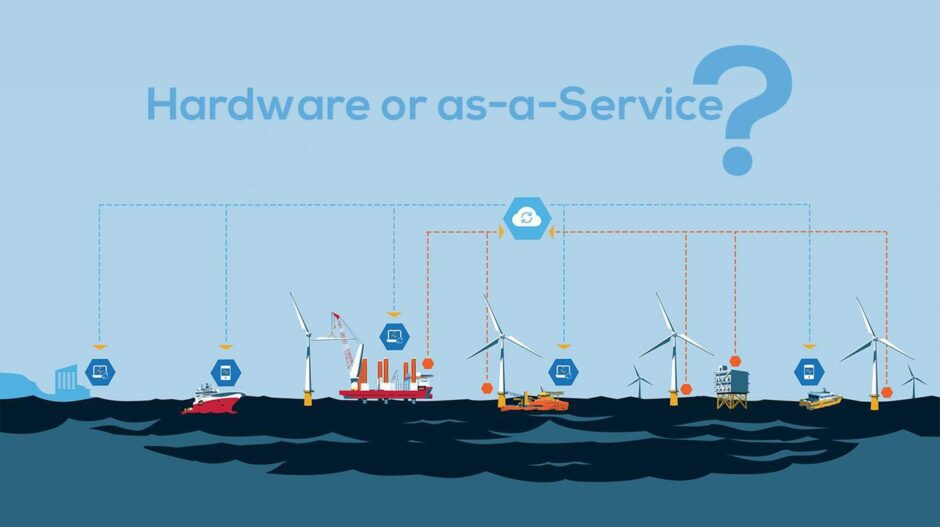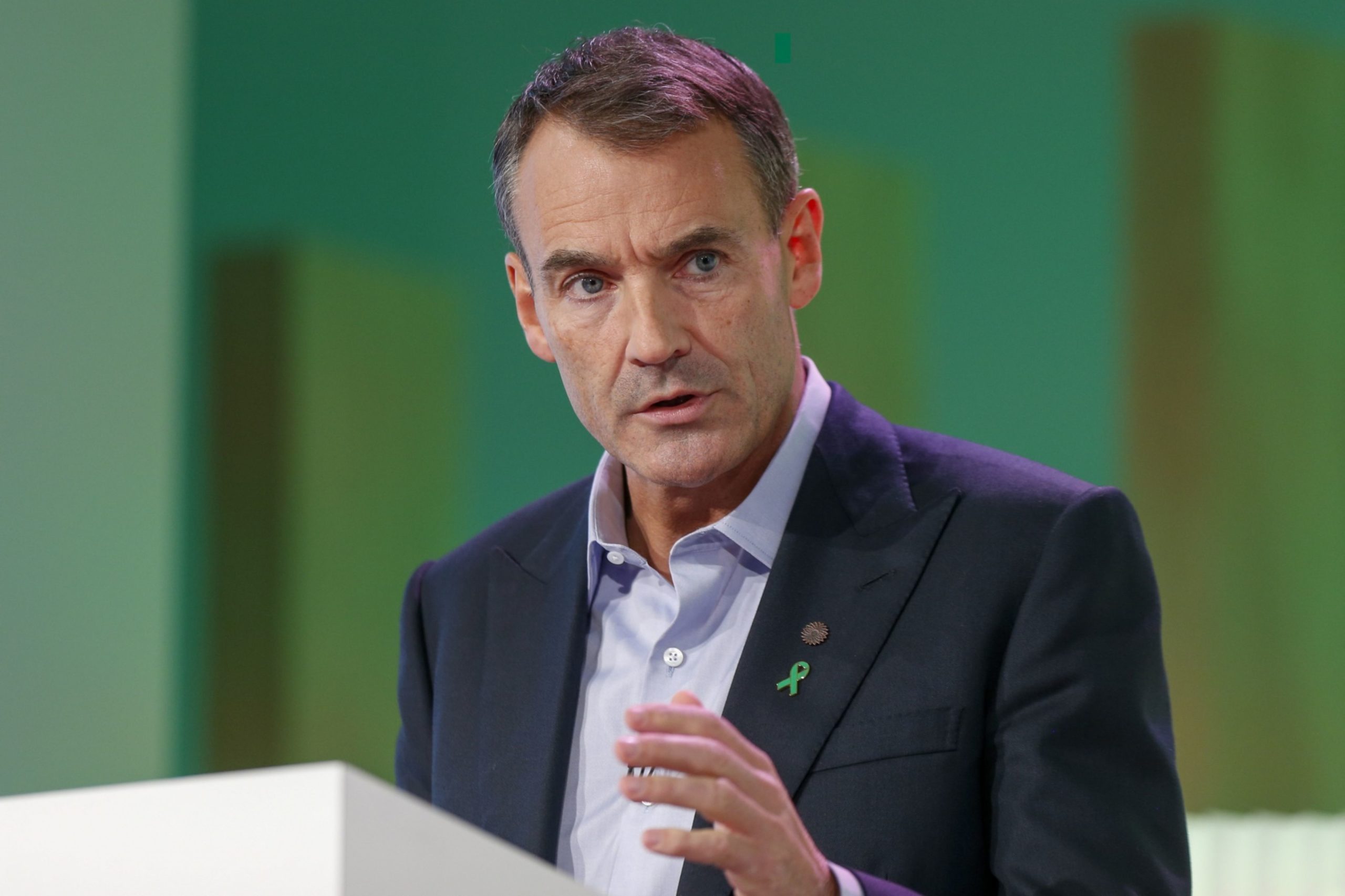
The energy industry has undergone an incredible amount of change over the past few years, and this is not likely to slow down.
In 2023, we see the next evolution of innovations and developments in technologies such as artificial intelligence, the internet of things, and cloud computing. These transformational digital technologies do not exist in isolation from each other and the boundaries between them are increasingly blurring. New solutions for augmented working, improved decision-making, and automation of routine operations combine these technologies in ways that enable them to enhance each other.
It’s more important than ever for the offshore industry to ensure the right technology is embedded throughout every area of operations. Better access to the right data in real-time and on any device, improved customer experiences, and services which are aligned with customers’ needs are all available and, in 2023, the barriers to accessing them will be lower than ever.
As digitalisation is gaining momentum, technology is being used to gather data from a variety of sources. However, the current challenge is around making this data accessible for all the stakeholders which could benefit from it.
Many of these technologies are now available using as-a-service (aaS) models via the cloud, giving businesses flexible access to data when needed and the ability to easily share it with all their stakeholders. This includes Miros’ wave sensors which are now part of a subscription plan allowing clients to access essential data via the cloud.
Ocean technology is evolving faster than ever and will continue to do so. It is important to not limit your flexibility through the purchase of hardware, to avoid being stuck with what you have until you replace it or upgrade – often with a costly service engineer performing the task.
An aaS subscription plan is a more cost-efficient, flexible, and scalable way to gain access to sea state data without the need to purchase sensors or software outright. With an aaS subscription, the supplier takes on the risk of owning, operating, insuring, and maintaining the equipment and ensuring data quality assurance, whilst the customer gains access to secure, reliable, real-time sea state data, easily downloadable directly from the web-based user interface.
As a provider of operation-critical data, we believe that data should be securely shared with the entire operating team and any relevant external stakeholders to improve safety and costs. Miros’ dry-mounted sensors gather highly accurate data about offshore sea state and weather conditions in real-time, which can be easily and securely accessible via the Microsoft Azure cloud platform.
For example, high-performance, IoT-enabled sensor technology has been used to mitigate safety incidents and increase efficiency in offshore wind farms. Placing sensors at specified turbine and offshore substation locations across a wind farm will allow for more accurate, localised wave and weather conditions as well as a more precise holistic overview and mapping of the differing sea state conditions across the entire project site, which are unique to every individual wind farm.
One thing that has changed greatly with the aaS way of working is that collaboration with customers is so much closer. We already had a good understanding of customers’ challenges and needs as we have been in business for almost 40 years, but we have added a lot of valuable expert knowledge recently.
In the spirit of client collaboration, we are now rolling out our aaS solution globally across all our business segments. The data gathered through these projects helps us to further improve traditional methods and dive into deep learning and artificial intelligence. Customer value-adding technology created during this work continuously improves our aaS model, enabling all users to benefit from access to the most recent innovations. This provides the flexibility needed to future-prove their business.
There is value in the data we provide, but there is greater value in connecting all the project stakeholders and enabling them to commonly make faster and better-informed decisions about their operations and assets.
Recommended for you

 © Supplied by Miros
© Supplied by Miros